How To Prepare Your Walls For Painting
Table of contents
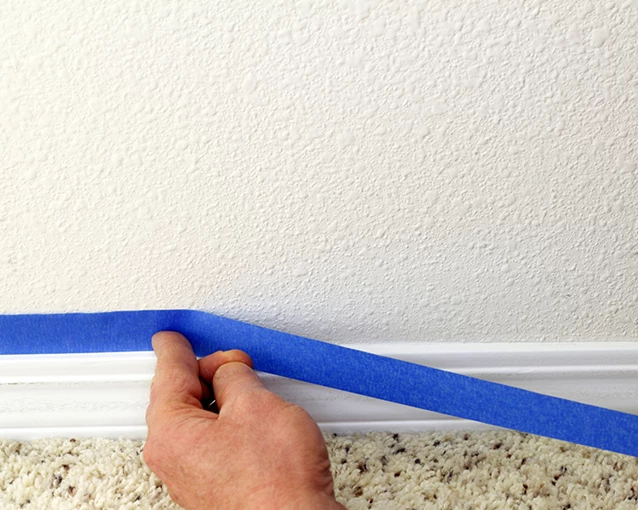
When looking to repaint your walls, you might be tempted to just pick up a brush and go. But the key to achieving a smooth finish lies in the preparation. Here are a few painting fundamentals that can save you valuable time and effort.
Table of contents
What You Need
- Flexible filling blade
- Fine sandpaper
- Sanding block
- Soft clean cloth
- Drop sheet
- Hammer
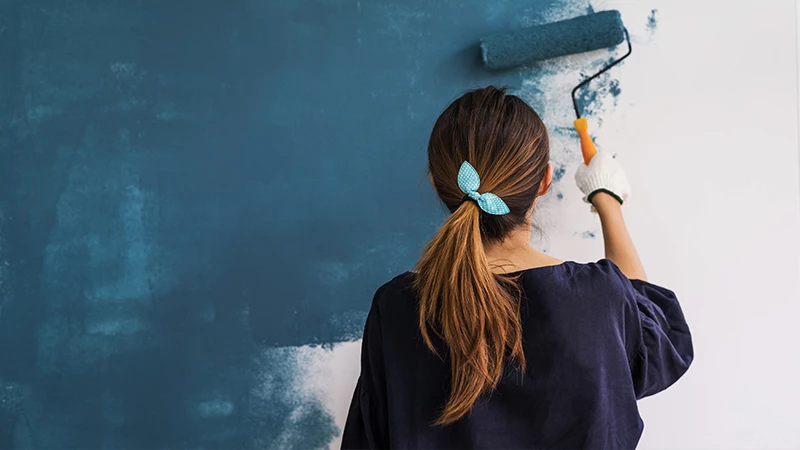
How To
1. Clean the area
- Lay down your drop cloth in the area you’ll be working, then use the sandpaper and sanding block to remove any uneven surfaces and crumbling paint flakes. Remove any nails or pins from the wall with your hammer
- Dilute 1/2 cup of Selleys Original Sugar Soap into a full bucket (10L) of water.
- Using a soft clean cloth, soak in the sugar soap solution, ring off excess and clean walls. *Handy tip* If you have sensitive skin, use gloves!
2. Fill and cracks or holes
- Fill any cracks, scratches, dents, or nail or screw holes before continuing. Apply a small amount of Selleys Spakfilla Rapid to your filling blade and draw it across each imperfection. Skim the filled areas lightly in both directions a few times to ensure there are no air bubbles, then remove any excess by drawing down the surface firmly with your filling blade.
- Allow the first application to dry for 30mins, then sand down lightly. Remove any dust with a soft clean cloth.
3. Fill the gaps
- Next you’ll need to fill the gaps between any skirting boards or architraves with Selleys No More Gaps Multipurpose and the wall. Use a dry clean cloth to make sure the surface you’re working is dry and free of any dust.
- Cut the tip of the cartridge, then cut the nozzle at a 45 degree angle. Attach the cartridge to the caulking gun and the nozzle to the cartridge.
- Tilting the gun at a 45 degree angle, dispense the product into the gap making sure sufficient gap filler is forced into the gap.
- Use a wet finger to smooth over your work, and clean up any excess product with a damp cloth.
- Allow 30 minutes if you plan to paint the surface using a water-based paint, or 2 hours if you’re using ceiling or oil based paints.
4. Paint!
- Paint your wall the colour of your choice! 2 coats is ample however, be sure to use an undercoat if you are painting a light colour over a dark colour
Handy Tips
- Its important to put a drop sheet down just in case you spill anything or you just don’t want to damage the floor.
- To minimise sanding and obtain a perfect finish, tool/spread to a ‘feather’ edge when applying filler.
- For a neat clean finish, before applying your gap filler, tape both sides of the gap before applying the product.
- Before applying Selleys No More Gaps Multipurpose, extrude a small amount onto a piece of scrap material to ensure a smooth continuous flow of gap filler, and a perfect finish.
Related Products
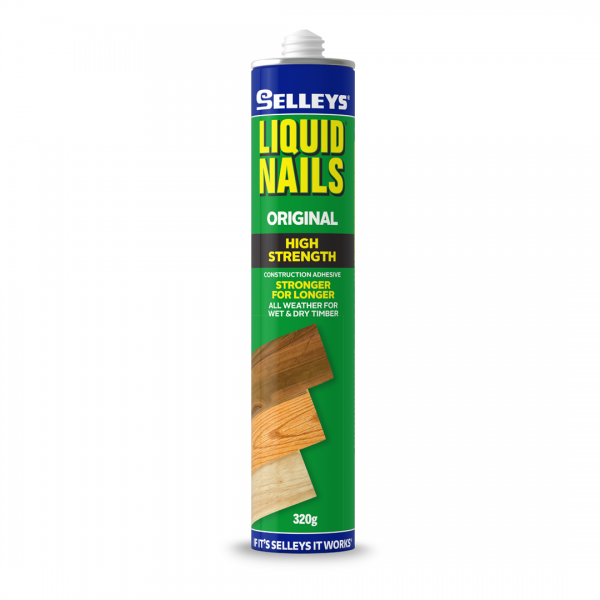
Adhesives
LIQUID NAILS ORIGINAL
Liquid Nails® Original is a high strength multipurpose construction adhesive that forms a strong and lasting bond on most building substrates.
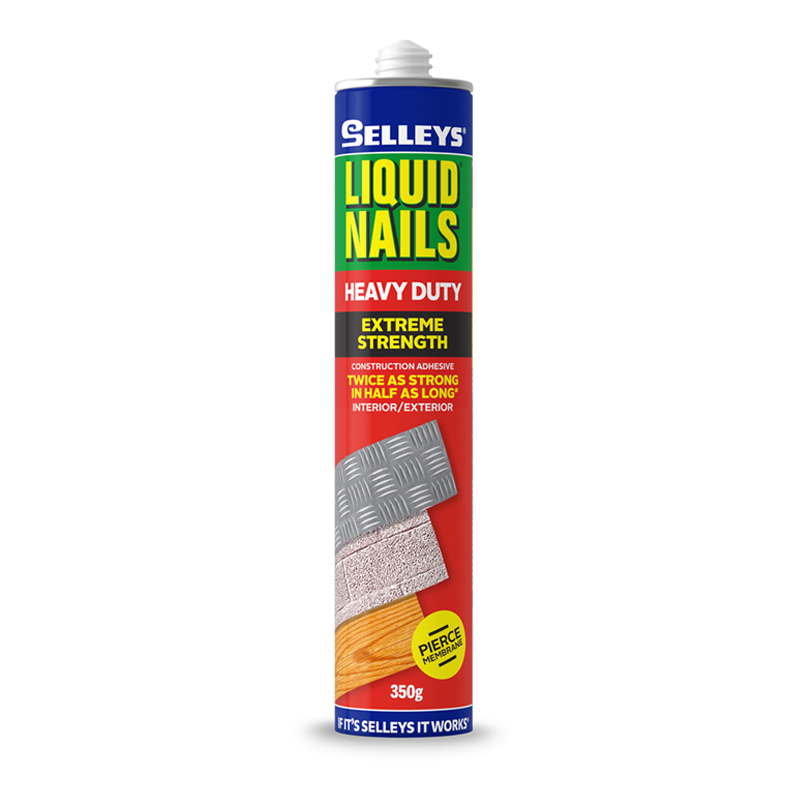
Adhesives
LIQUID NAILS HEAVY DUTY
Liquid Nails® Heavy Duty is an advanced high-performance construction adhesive which means mechanical fasteners can be removed after 8 hours*. The non-slump formulation also offers extreme strength and durability, even when bonding two non-porous materials. It can be used on most building substrates.
Related Products

Adhesives
LIQUID NAILS ORIGINAL
Liquid Nails® Original is a high strength multipurpose construction adhesive that forms a strong and lasting bond on most building substrates.

Adhesives
LIQUID NAILS HEAVY DUTY
Liquid Nails® Heavy Duty is an advanced high-performance construction adhesive which means mechanical fasteners can be removed after 8 hours*. The non-slump formulation also offers extreme strength and durability, even when bonding two non-porous materials. It can be used on most building substrates.
Related Guides
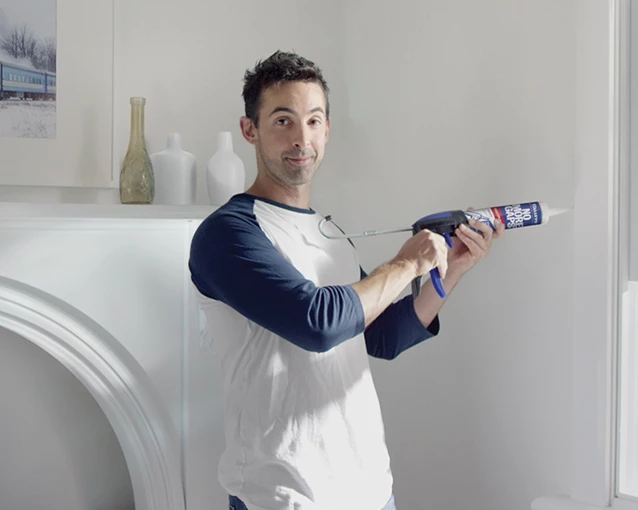
How To Use A Caulking Gun
Whether you have a shower that needs re-sealing or some gaps to fill, it's likely a caulking gun will need to be part of your arsenal. If the thought of using a caulking gun makes you nervous, we here are 4 steps to have you caulking like a pro.
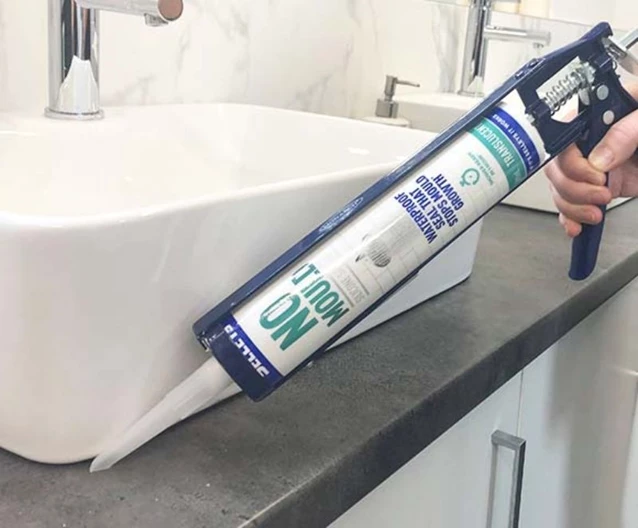
How To Seal a Sink
Getting a proper seal around your sink prevents water penetration. Here’s the best way to ensure a complete seal around your sink area to make it easier to clean and less prone to water damage and discolouration.

How To Prepare Your Walls For Painting
When looking to repaint your walls, you might be tempted to just pick up a brush and go. But the key to achieving a smooth finish lies in the preparation. Here are a few painting fundamentals that can save you valuable time and effort.
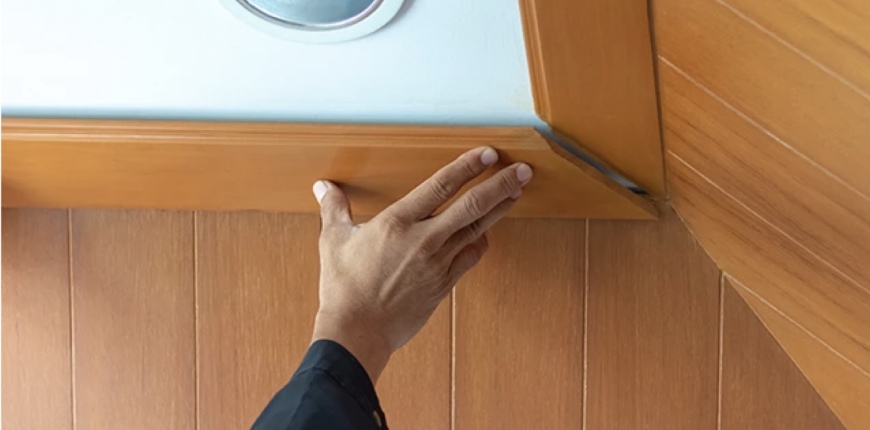
How to Install Cornices
Cornices can really add to the character of the room. Installing them has never been easier! Here is a step by step guide.
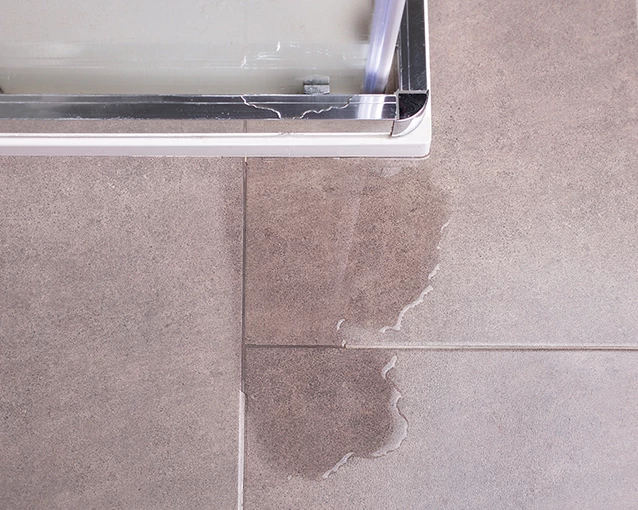
How to Fix a Leaking Shower Repair a Leaking Shower
If taking a shower leaves your bathroom floor wetter than your shower recess, it's likely you have a leak! Luckily there's an easy fix - and with Selleys Wet Area Speed Seal, you can be back using your shower within an hour.
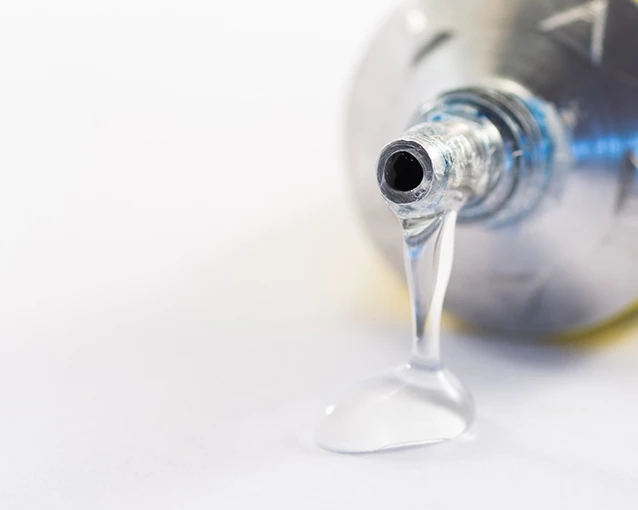
Glue Guide 101
Selleys can ensure the bond between your DIY home renovations, broken fixtures and woodwork stay strong. Read our guide and we’ll show you how to navigate through these sticky situations.
Related Guides

How To Use A Caulking Gun
Whether you have a shower that needs re-sealing or some gaps to fill, it's likely a caulking gun will need to be part of your arsenal. If the thought of using a caulking gun makes you nervous, we here are 4 steps to have you caulking like a pro.

How To Seal a Sink
Getting a proper seal around your sink prevents water penetration. Here’s the best way to ensure a complete seal around your sink area to make it easier to clean and less prone to water damage and discolouration.

How To Prepare Your Walls For Painting
When looking to repaint your walls, you might be tempted to just pick up a brush and go. But the key to achieving a smooth finish lies in the preparation. Here are a few painting fundamentals that can save you valuable time and effort.

How to Install Cornices
Cornices can really add to the character of the room. Installing them has never been easier! Here is a step by step guide.

How to Fix a Leaking Shower Repair a Leaking Shower
If taking a shower leaves your bathroom floor wetter than your shower recess, it's likely you have a leak! Luckily there's an easy fix - and with Selleys Wet Area Speed Seal, you can be back using your shower within an hour.

Glue Guide 101
Selleys can ensure the bond between your DIY home renovations, broken fixtures and woodwork stay strong. Read our guide and we’ll show you how to navigate through these sticky situations.
About Selleys
Products
Contact Us
- Hotline: 1800 6111 Tel (84) 251 383 6579 – 383 6586 (8 lines)
- No. 14, 3A Street, Bien Hoa II Industrial Park, Bien Hoa City, Dong Nai, Vietnam
- contact@nipponpaint.com.vn
Selleys Vietnam is a subsidiary of Nippon Paint (Vietnam) Co Pte Ltd.
Selleys Vietnam
© 2021 All Rights Reserved Selleys Vietnam











